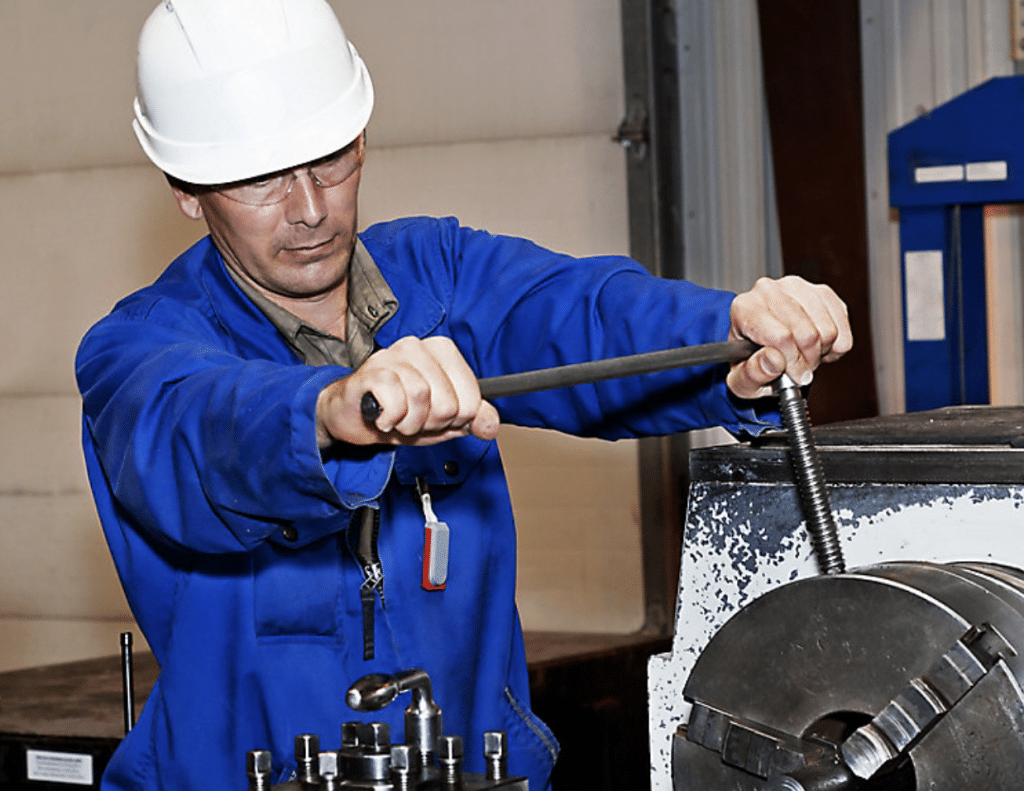Preventive maintenance is the backbone of efficient manufacturing operations, ensuring equipment runs smoothly. By regularly servicing and checking machinery, preventive maintenance minimizes downtime, reduces the risk of unexpected breakdowns, and extends the lifespan of your equipment. This proactive approach enhances productivity and saves significant repairs and replacement costs. This post will explore essential preventive maintenance tips to help you optimize your manufacturing processes, improve overall efficiency, and avoid potential issues before they escalate into significant problems.
Understanding Preventive Maintenance
Preventive maintenance involves routine checks and servicing of equipment to prevent unexpected breakdowns and failures. Unlike reactive maintenance, which addresses problems after they occur, preventive maintenance aims to identify and fix issues before they cause significant disruptions. This proactive approach offers numerous benefits, including improved efficiency, reduced repair costs, and enhanced worker safety.
Creating a Preventive Maintenance Plan
To implement effective preventive maintenance:
- Assess your equipment’s needs and priorities.
- Identify critical machinery that requires frequent attention and less essential equipment that can be serviced less often.
- Schedule regular inspections and maintenance tasks based on manufacturer recommendations and usage patterns.
Keep detailed records of all maintenance activities. Documenting inspections, repairs, and part replacements helps track equipment history and plan future maintenance. Train your staff on proper maintenance procedures to ensure consistency and safety across your operations.
Essential Maintenance Tips
Regular Cleaning and Lubrication
One of the simplest yet most effective maintenance tasks is regular cleaning and lubrication of equipment. Dirt and debris can cause machinery to overheat and malfunction, while proper lubrication reduces friction and wear. Make sure to clean equipment regularly and apply the right type and amount of lubricant as specified by the manufacturer.
Checking and Replacing Worn Parts
Equipment parts inevitably wear out over time. Regularly check for signs of wear and tear, such as unusual noises, vibrations, or visible damage. Replacing worn parts before they fail can prevent more significant, costly issues. Follow manufacturer guidelines for part replacement intervals and keep a stock of essential spare parts to minimize downtime.
Calibration and Alignment
Maintaining the accuracy of your equipment is crucial for producing high-quality products. Regular calibration and alignment ensure that machinery operates within specified tolerances. Establish a routine for calibrating instruments and aligning moving parts. Use precision tools and follow manufacturer instructions to maintain optimal performance.
Monitoring and Adjusting Settings
Equipment settings can drift over time, affecting performance and product quality. Periodically monitor and adjust settings to ensure they remain within optimal ranges. Use performance data to identify trends and make informed adjustments. This proactive approach helps maintain consistency and prevent unexpected issues.
Utilizing Technology for Maintenance
Advancements in technology have revolutionized preventive maintenance. Modern tools and systems can significantly enhance your maintenance efforts.
Diagnostic Technology
Diagnostic technology is a key component in modern maintenance strategies. Advanced diagnostic tools, such as infrared thermography, ultrasonic testing, vibration analysis, and 8-channel oscilloscopes, provide detailed insights into equipment conditions. These technologies can detect early signs of wear and tear, misalignment, or other issues that might not be visible during regular inspections. By incorporating diagnostic technology into your maintenance plan, you can perform more accurate and timely interventions, reducing the risk of unexpected breakdowns.
Computerized Maintenance Management Systems (CMMS)
CMMS software helps manage maintenance activities more efficiently. These systems track maintenance schedules, record equipment history, and generate reports. Popular CMMS options include Fiix, Maintenance Connection, and eMaint. Implementing a CMMS can streamline maintenance processes, reduce errors, and improve equipment reliability.
Predictive Maintenance with IoT and Sensors
The Internet of Things (IoT) and sensors enable predictive maintenance by continuously monitoring equipment health. Sensors collect real-time data on temperature, vibration, and other parameters. This data is analyzed to predict potential failures, allowing you to address issues before they escalate. Predictive maintenance offers a significant advantage over traditional methods by reducing unplanned downtime and maintenance costs.
Data Analytics and Machine Learning
Data analytics and machine learning further enhance predictive maintenance. These technologies can accurately identify patterns and predict maintenance needs by analyzing historical and real-time data. Case studies have shown that companies implementing data-driven maintenance strategies experience fewer breakdowns and longer equipment lifespans.
Developing a Maintenance Culture
Creating a culture that values maintenance is essential for long-term success. Promote the importance of preventive maintenance among your staff and encourage proactive practices. Provide ongoing training and resources to update your team on the latest maintenance techniques. Recognize and reward employees who contribute to effective maintenance, fostering a sense of ownership and accountability.
Conclusion
Preventive maintenance is vital for efficient manufacturing operations, ensuring that machinery operates at peak performance. By implementing a robust maintenance plan, you can address potential issues before they escalate into costly problems. Regularly cleaning and lubricating equipment, checking and replacing worn parts, and calibrating and aligning machinery are fundamental practices. Modern technologies such as IoT sensors and data analytics can enhance equipment reliability. Developing a solid maintenance culture within your organization ensures these practices are consistently applied, leading to sustained operational success and longevity of your manufacturing assets. This proactive approach ultimately drives efficiency and reduces downtime.
